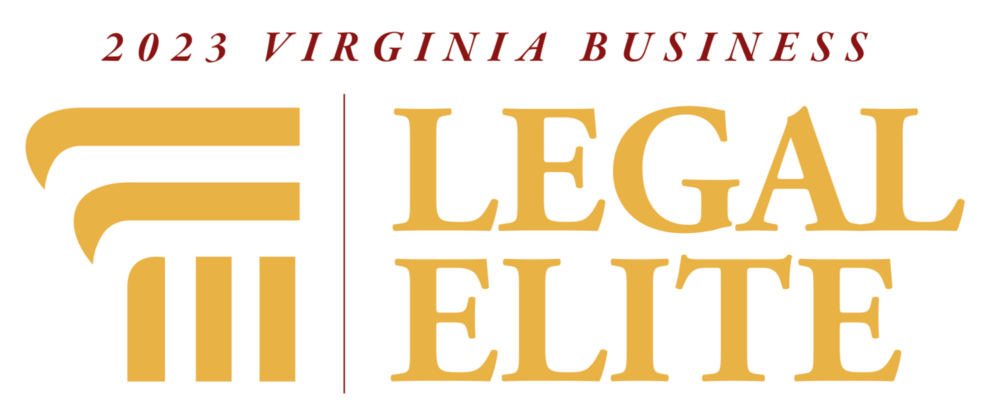Authors:
John Wang
Scott Daniels
Negative claim limitations can be critical, particularly in the chemical and pharmaceutical arts. In fact, the absence of a component from a composition or a step from a process is often the feature that gives the commercial product its value, as well as the essential element that patentably distinguishes the claimed invention from the prior art. This was certainly true in the Federal Circuit’s decision last month in Novartis v. Accord Healthcare, Docket No. 2021-1070 (June 21, 2022).
There, the patentee had amended its claim for a method of reducing or preventing or alleviating multiple sclerosis, to recite the step of administering a particular drug at a daily dosage of 0.5 mg, “absent an immediately preceding loading dose regimen.” A “loading dose” is a “higher-than-daily dose … usually given as the first dose.”
This negative limitation was not in the original claims; rather it was added as an amendment to the claims during prosecution to overcome a prior art rejection. The trial judge determined that the limitation was supported by the specification and therefore rejected the accused infringer’s defense that the claim was invalid as lacking written description support in the specification. On appeal, the Federal Circuit disagreed, finding that the claim was indeed invalid for failing to provide adequate written description support.
I. General Legal Principles
The Court began its analysis by reviewing basic principles. Thus, a patent specification must “reasonably convey[ ] to those skilled in the art that the inventor had possession of the claimed subject matter as of the filing date.” (Citations omitted). This possession must be presented in written form so as to be “shown in the disclosure,” and it is not sufficient that the limitation be “an obvious variant of that which is disclosed in the specification.”
On the other hand, the Court readily acknowledged that disclosure may take many different forms and it indicated a willingness to search a specification for sufficient disclosure. It is not necessary that the specification recite the precise words of the negative limitation. Rather, it is enough that the specification discloses a reason to exclude the relevant element from the claimed composition or process.
A reason to exclude the relevant element may arise from statements in the specification expressly identifying the disadvantages of that element. Or the reason could be that the specification “distinguishes among” the relevant element and alternatives to it, such as where the specification discloses certain species of a genus but excludes others.
It is also possible to satisfy the written description requirement if a skilled artisan would understand that the specification inherently discloses the negative limitation. If one skilled in the relevant art would understand from the omission of a relevant element from the specification that the element is necessarily excluded, the written description requirement is satisfied despite the specification’s silence.
More important is the general feel of the opinion, specifically, the Federal Circuit’s suggestion that there may be other ways, perhaps many other ways, in which a specification might support a negative limitation, even without a precise recitation of the words of that limitation. The overarching theme of the opinion is that the courts should seek out written description support in the specification.
Still, there must be some disclosure. If the mere absence of a positive recitation were a basis for exclusion, every later-added negative limitation would be supported so long as the patent makes no mention of it.
Also, an implicit disclosure that would render the limitation obvious to a skilled artisan cannot satisfy the written description requirement. So too, the testimony from an expert or a skilled artisan regarding the possibilities or probabilities that the recited element would be excluded is not sufficient, since such testimony could effectively eliminate the written description requirement.
II. This Case
The application of these general legal principles to the patent in this case is specific to that patent and therefore not especially interesting. Essentially, the Federal Circuit found that there was nothing in the specification that could be fashioned into a disclosure supporting the negative limitation of the claim. The Court explained that the trial judge had misunderstood the obvious meaning of the wording of the specification and that the testimony of the patentee’s expert witness to the contrary could not be relied upon to contradict that obvious meaning.
Takeaway:
The lesson of this story is that we must take extra care in drafting the specification in the first place. We must ask ourselves whether the inventive product or process is commercially valuable, at least in part, because it omits a particular component or step. We might also ask whether the invention is distinguishable from the prior art because it omits a component or step that is common in the art. It can also be helpful in pointing out disadvantages of some features or components in the current technology or product, for example, in the background section, which could potentially provide support for the negative limitation if necessary.
If so, this case encourages one to mention that point in the specification so that there will be no written description challenge when later amending the claims to include a negative limitation. Some practitioners may fear saying “too much” in the specification—for them there is always the simple option of adding at the time of filing a dependent claim that recites the negative limitation.









